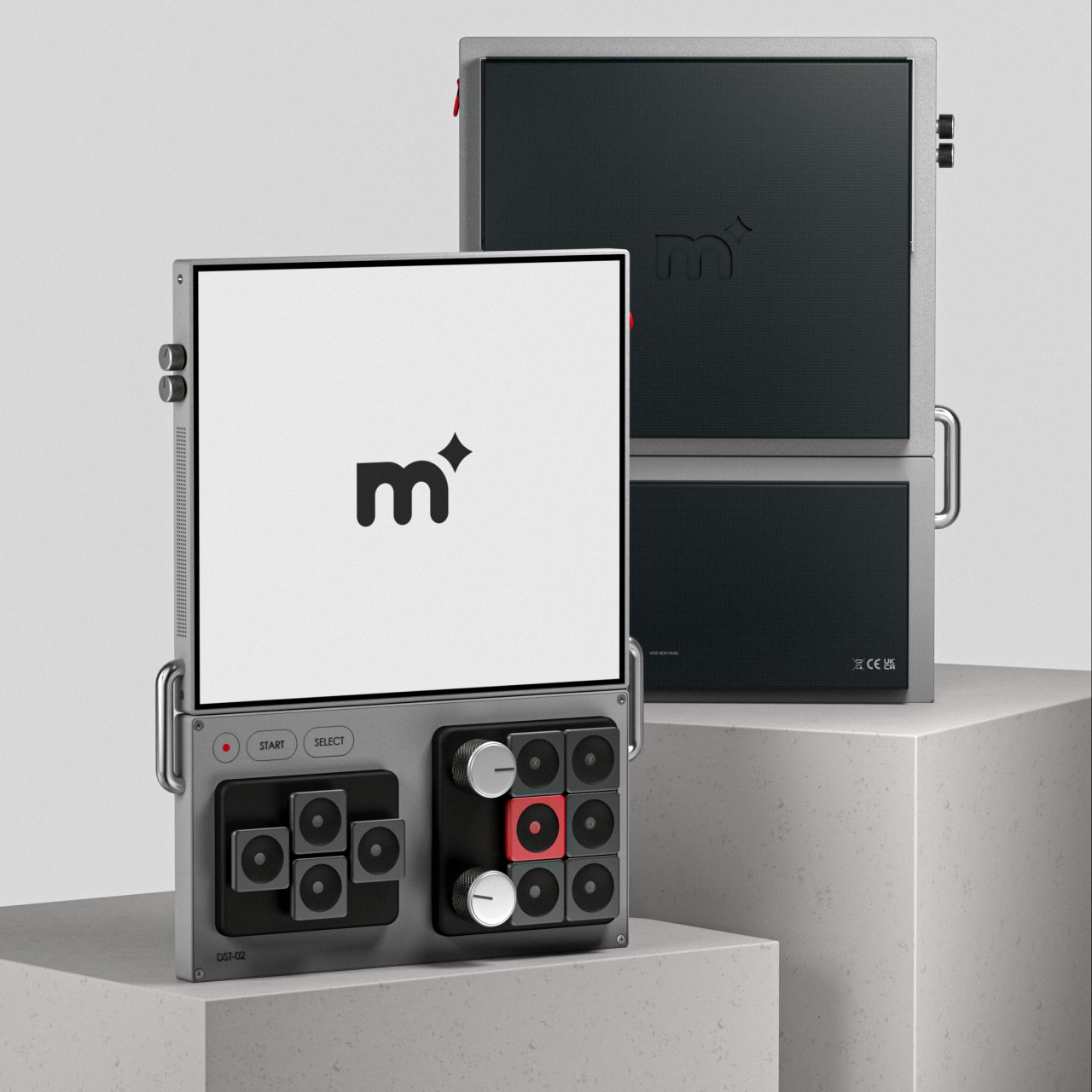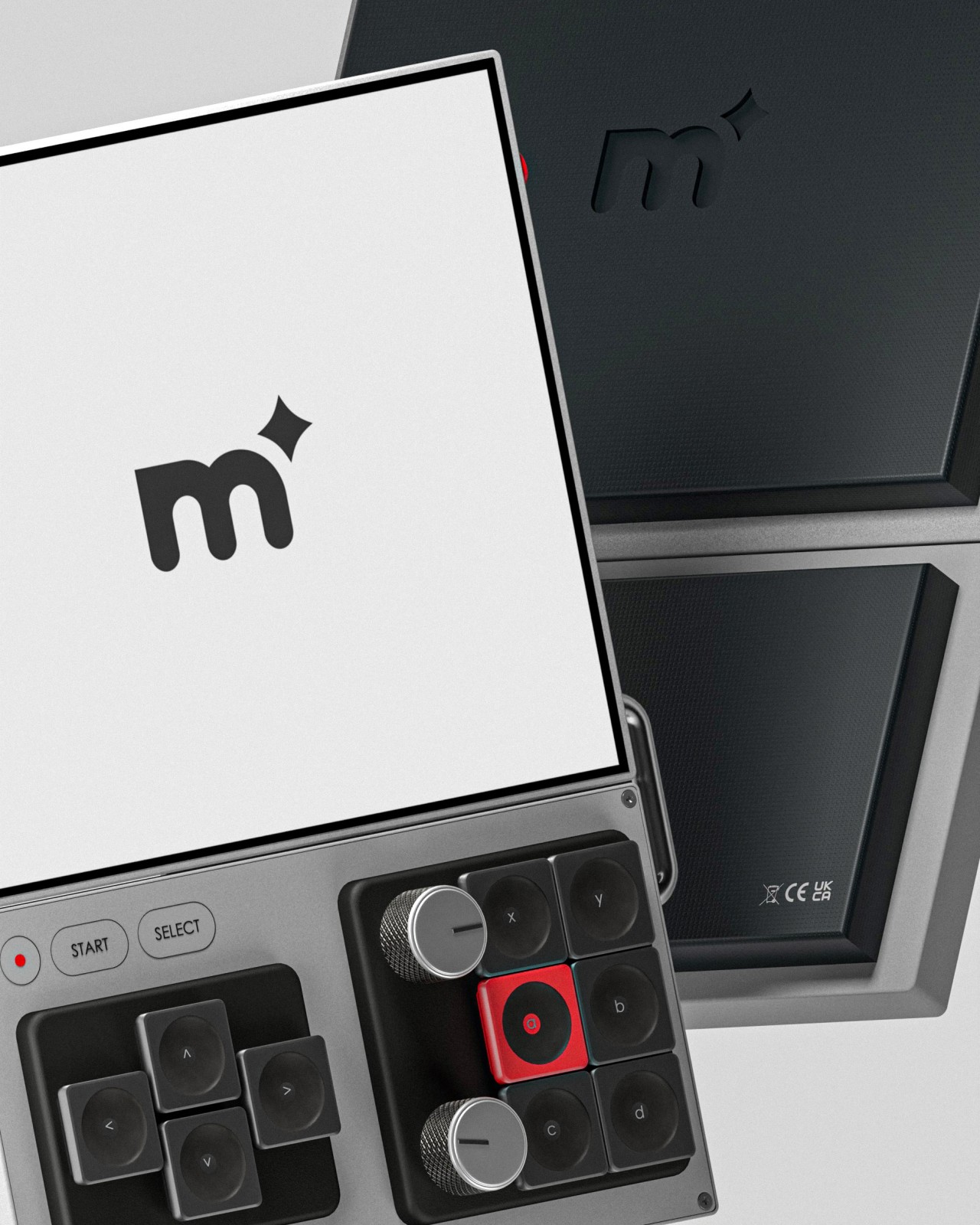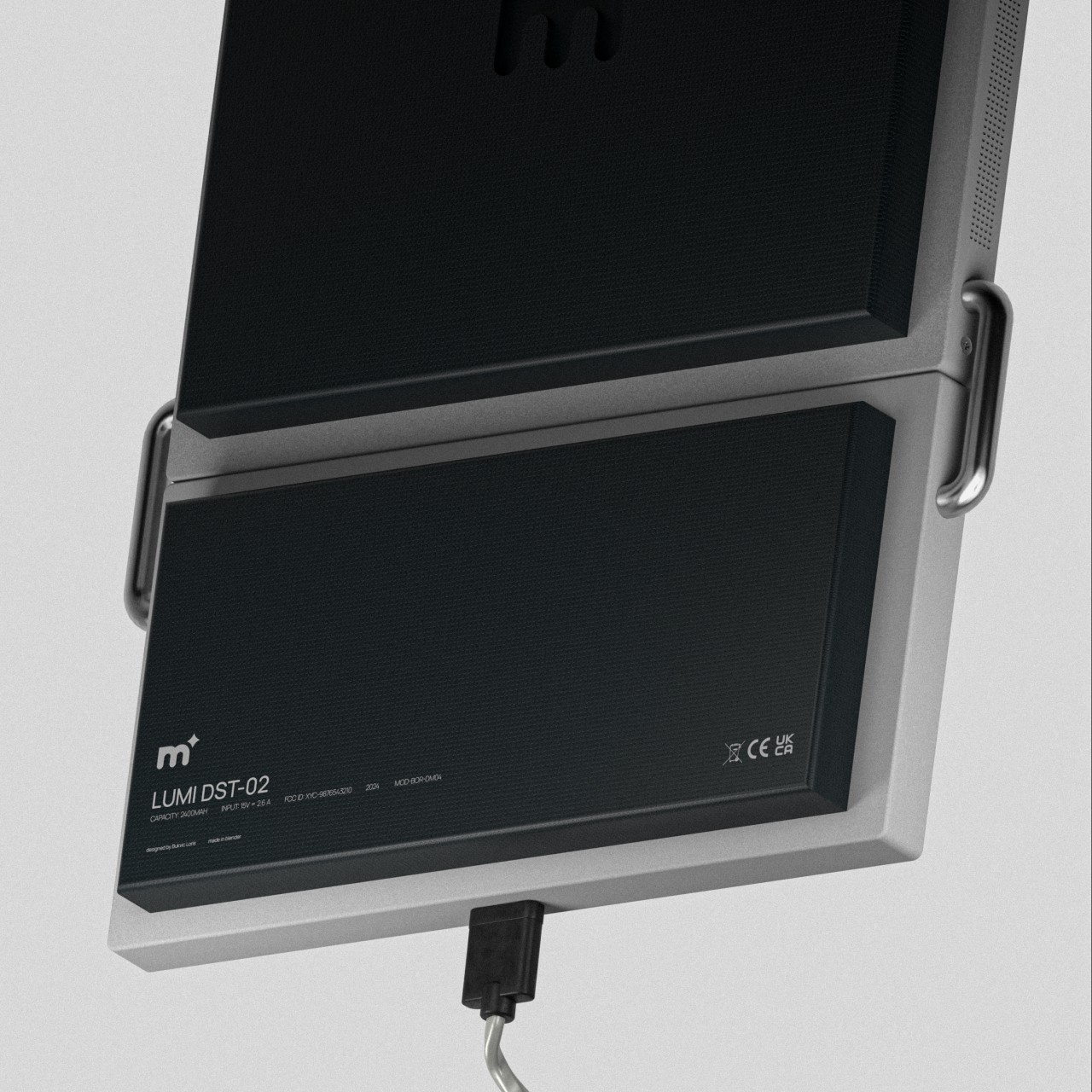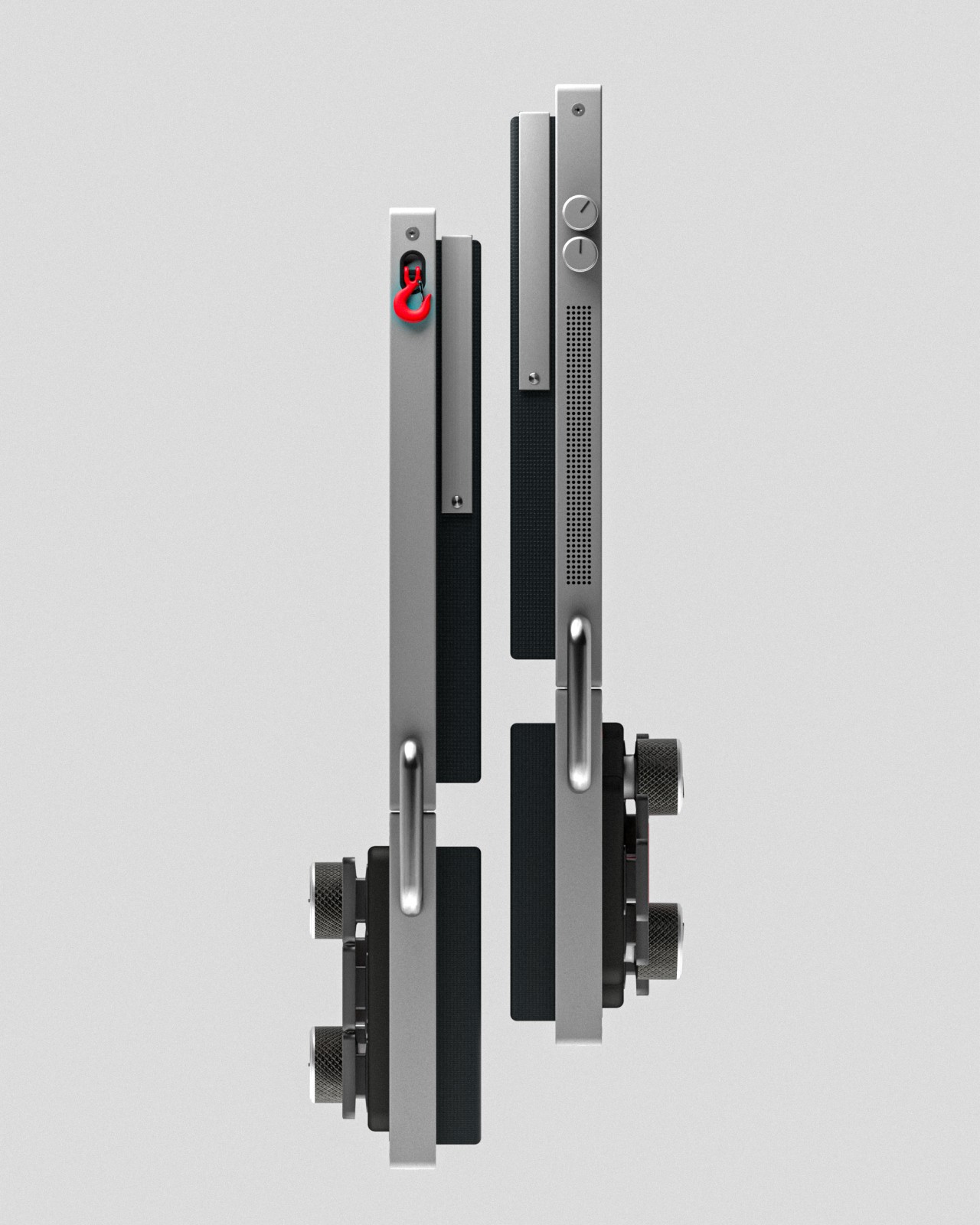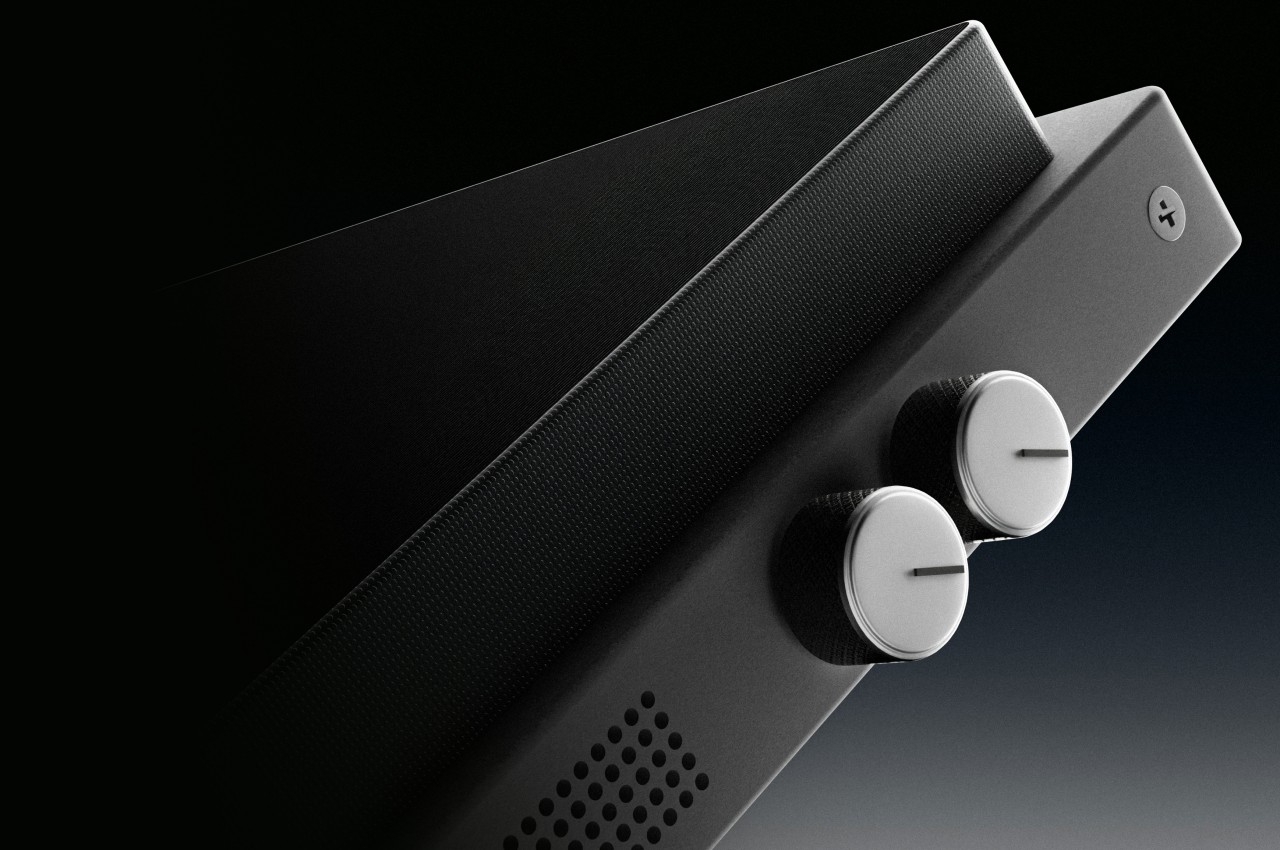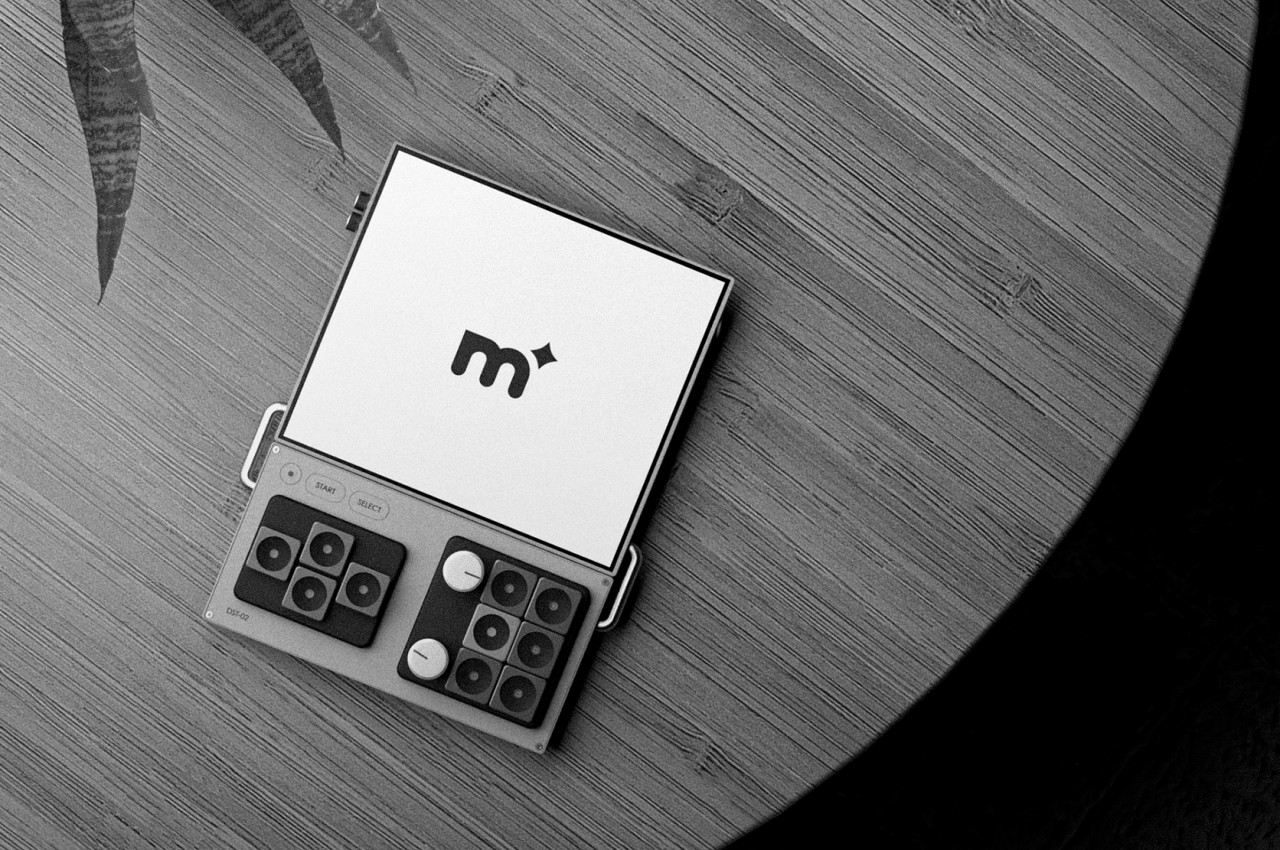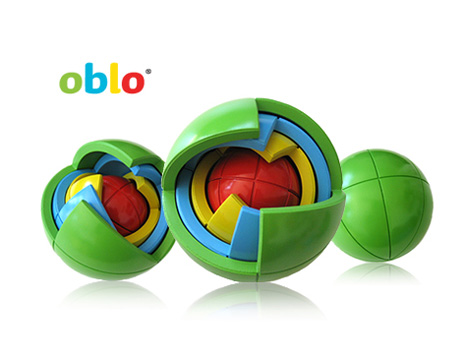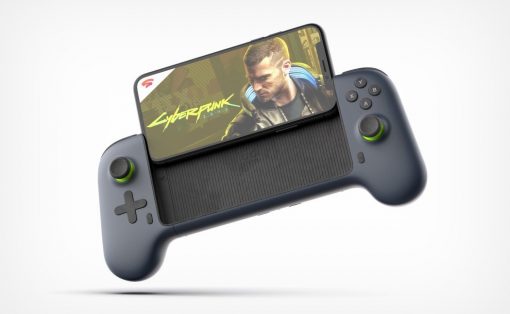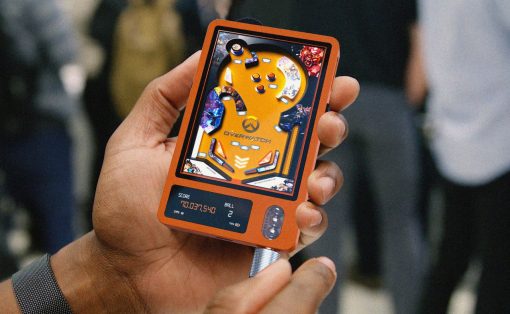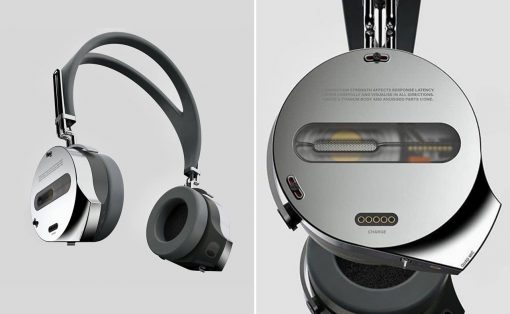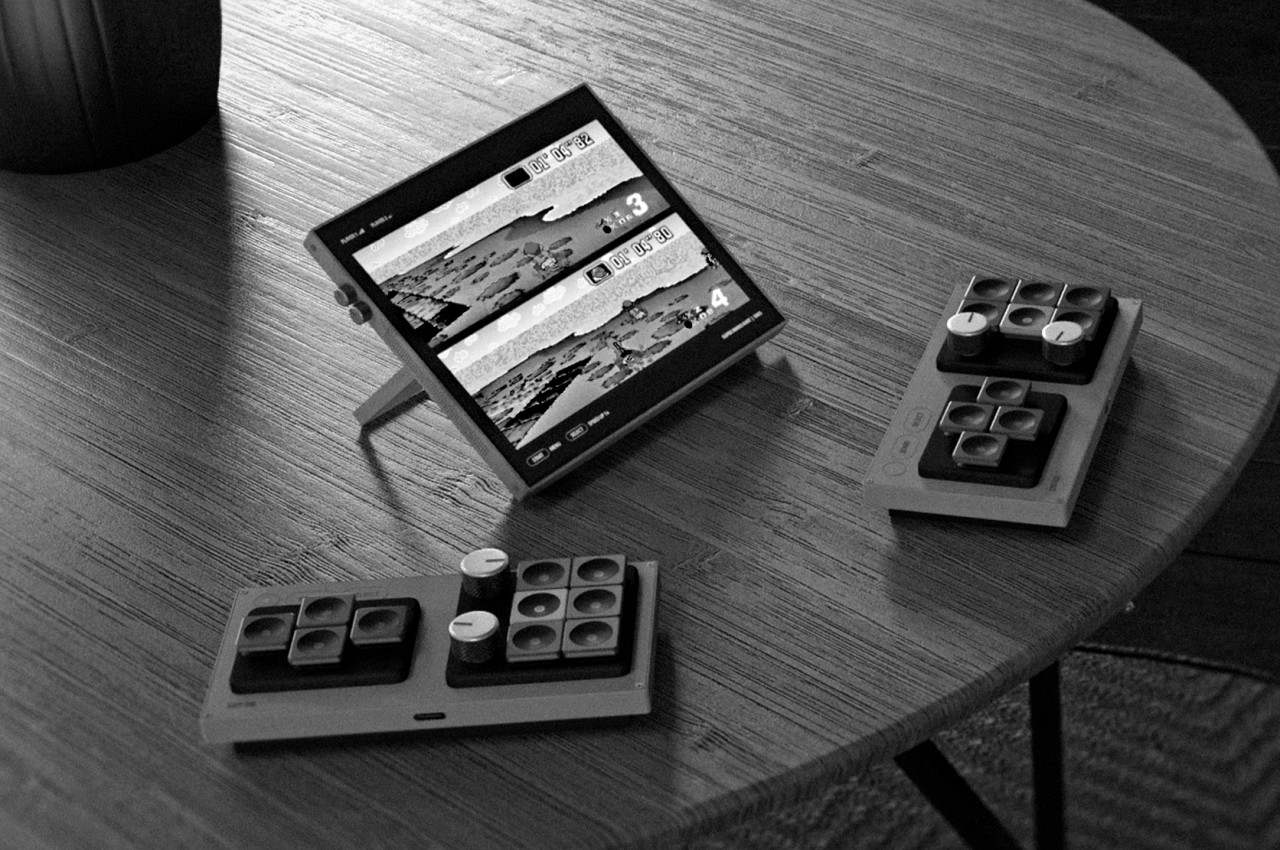
Handheld gaming devices are becoming more popular these days, though due to their portable and handheld nature, most of them cater to only one style of playing. These devices pretty much have game controllers split into two halves that flank a big display. Not all games are best played that way, though, but it’s almost impossible to support all kinds of input methods in a single device. That’s what made the modular design of the Nintendo Switch quite popular, but it still revolved around the same controller design. This concept for a modular gaming handheld tries to push the envelope a bit further, allowing different input methods and playing styles by simply swapping out buttons, joysticks, and knobs.
Designer: Bukvity Lorisz
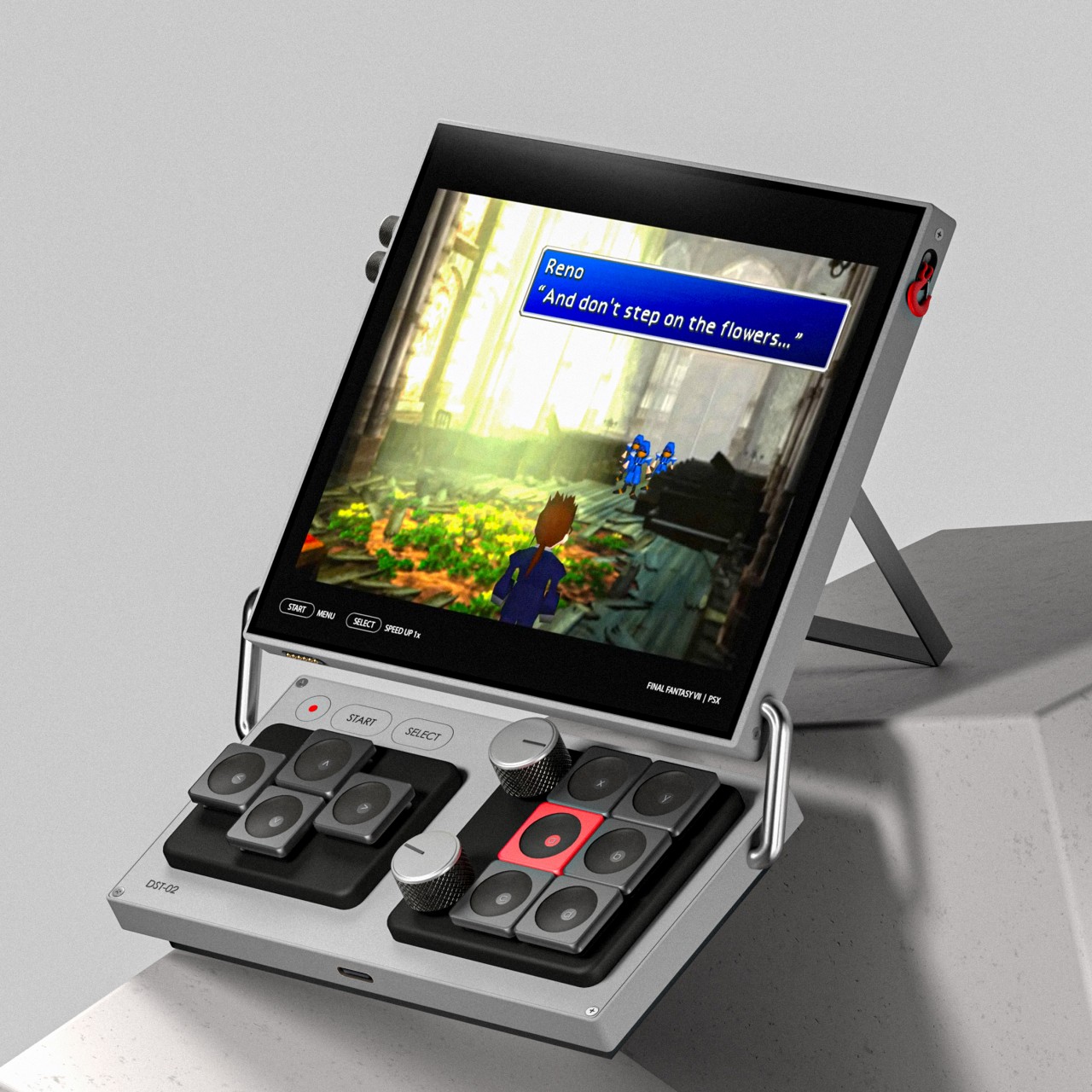
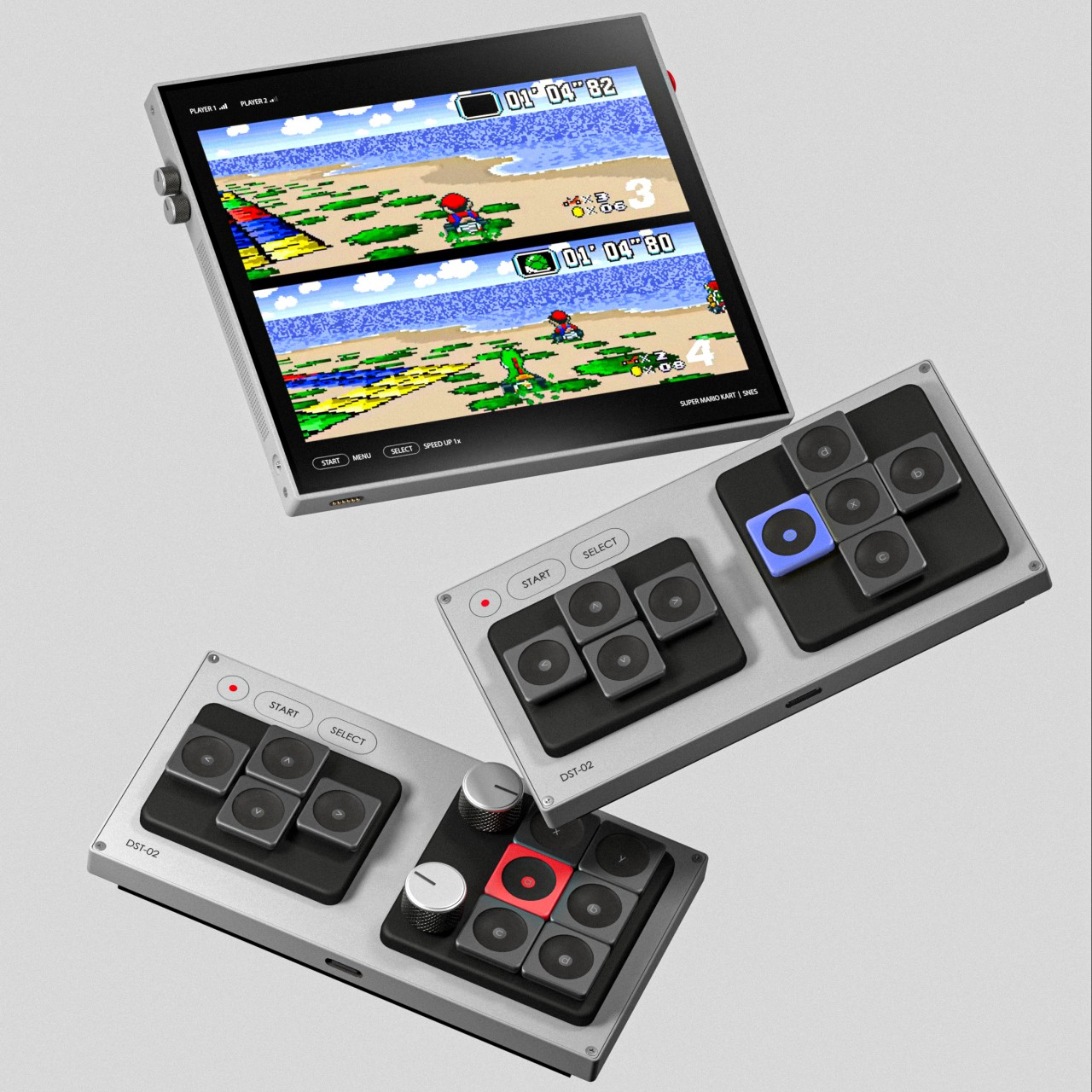
There once were only two ways to play video games, one with a keyboard and mouse and another with gamepads. With the arrival of smartphones, a third, gesture-based style was added to the mix. It’s almost impossible for a single device to support all those, at least not without attaching external peripherals, but some designs try their best to do so. GPD and AYA, for example, have a few designs that add a mini keyboard to the device, but that’s more for sending brief messages rather than playing with a keyboard and mouse.
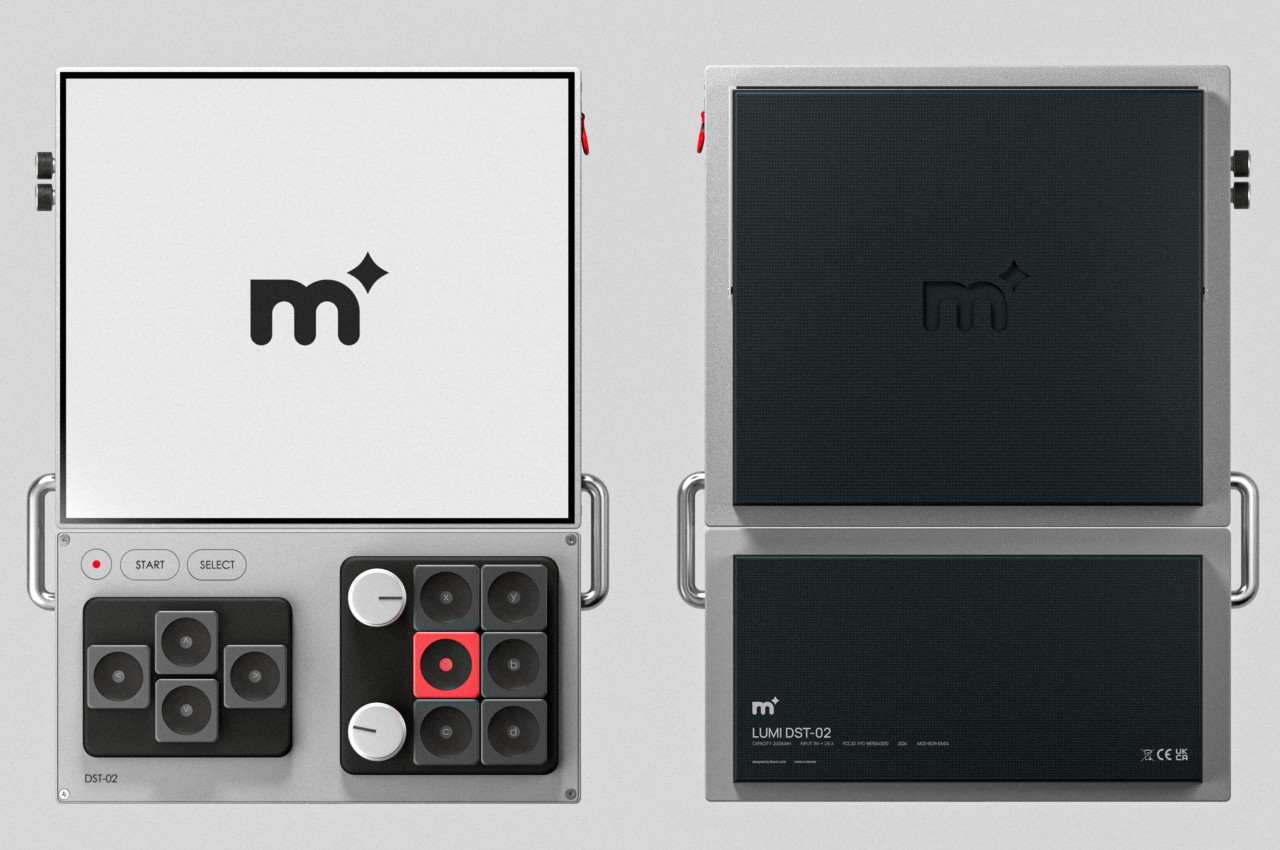
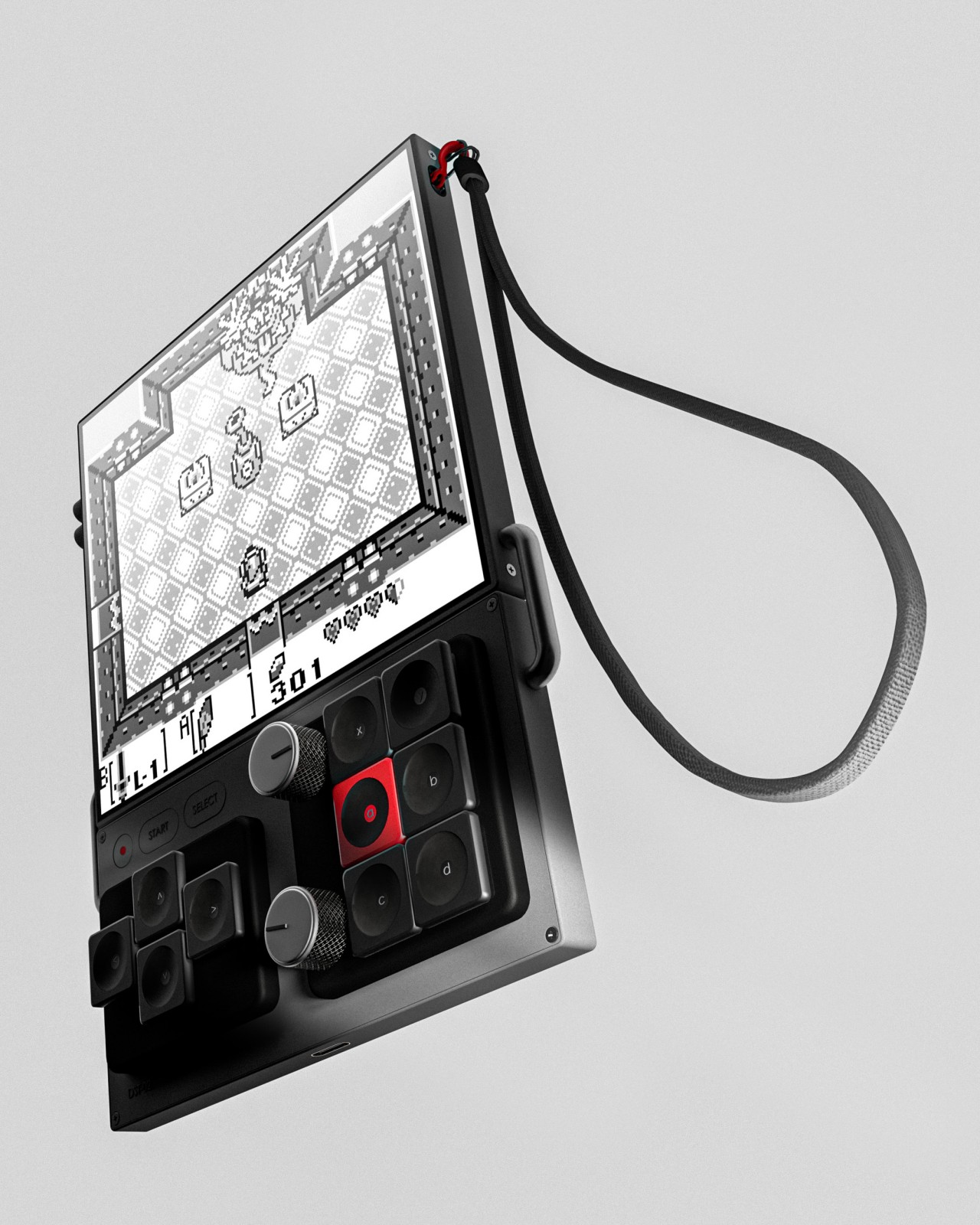
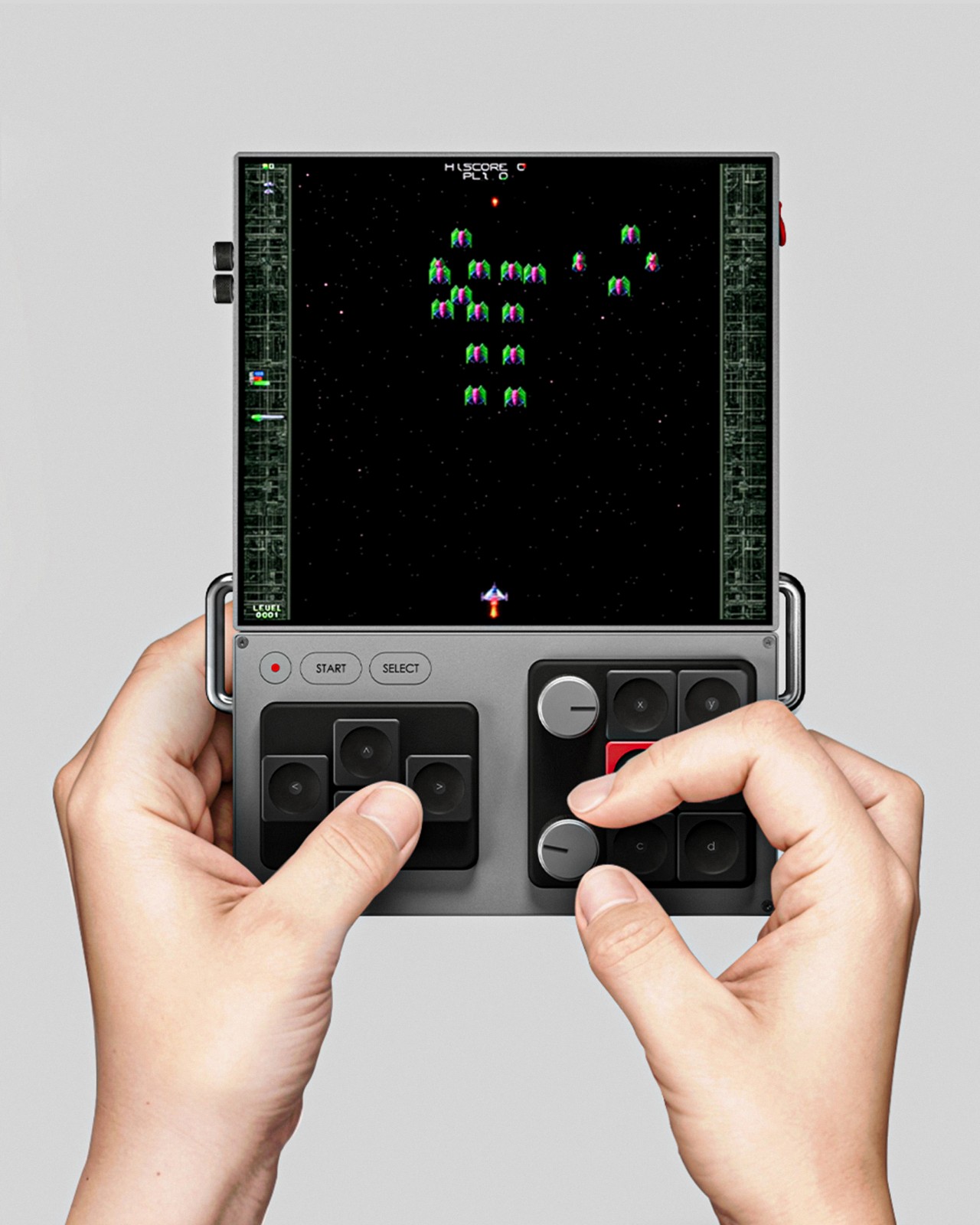
The LUMI DREAMSTATION-02 concept puts a different spin on the idea of a flexible gaming device that can embrace different playing styles instead of sticking to a single one. Yes, it doesn’t have a QWERTY keyboard, but it’s not impossible to add something like it after the fact. That’s because the biggest pull of this design is a flexible modular system that lets you mix and match different controls as the need arises.
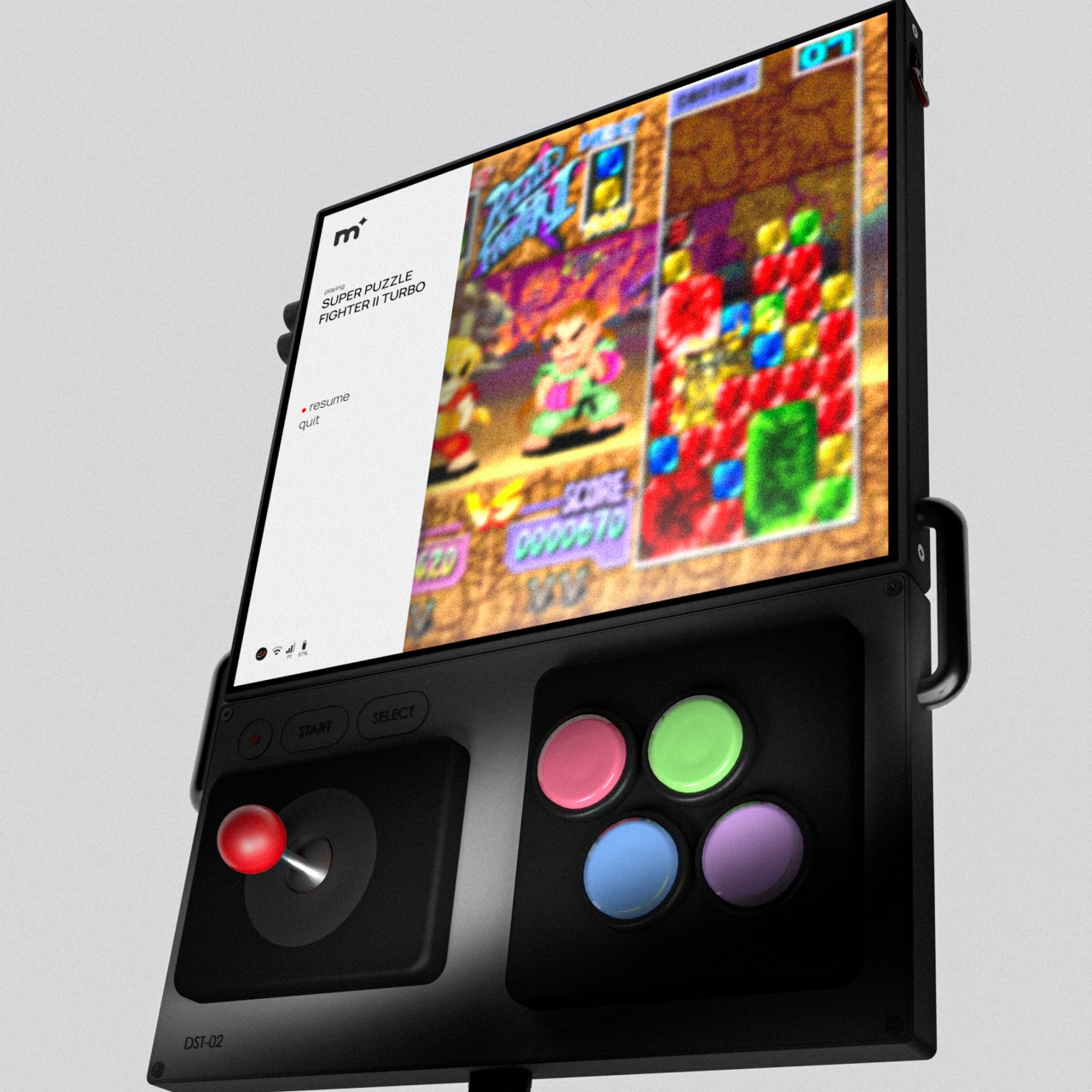
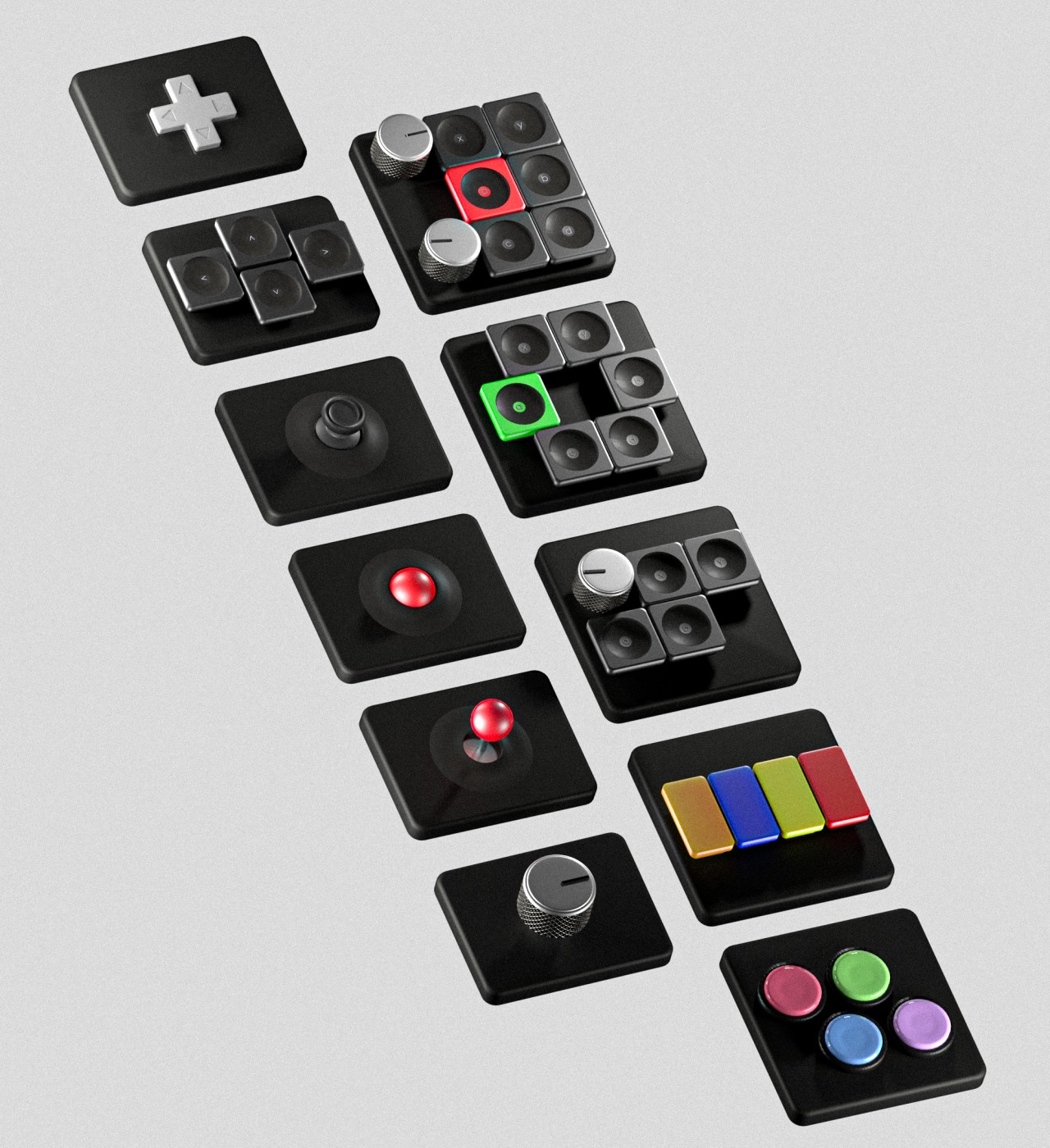
The LUMI DS-02 is admittedly a weird-looking device compared to any gaming handheld. It has a large square screen, which means it won’t match any existing game aspect ratio, and right below it sits the controller section with two square areas for the modular controls. One side looks like a D-Pad with four separate buttons arranged in a cross while the other side has buttons and knobs. It’s not hard to imagine that many games aren’t going to be easily controlled with a knob or dial, but you can swap those out with a joystick, a regular D-Pad, another set of buttons, and more. The idea is that you can change the controls to suit the game, not the other way around.

The controller section itself can be detached and the screen propped up on a table, similar to the design of Nintendo Switch. This opens the console to even more use cases, like two players using the same console with different controllers. As interesting as this design might seem, it will still depend on how comfortable those controls will be and how easy it will be to swap them around. Regardless, it’s definitely a notable idea, one that tries to be more inclusive, especially if you can substitute more accessible controls for those with physical disabilities.
